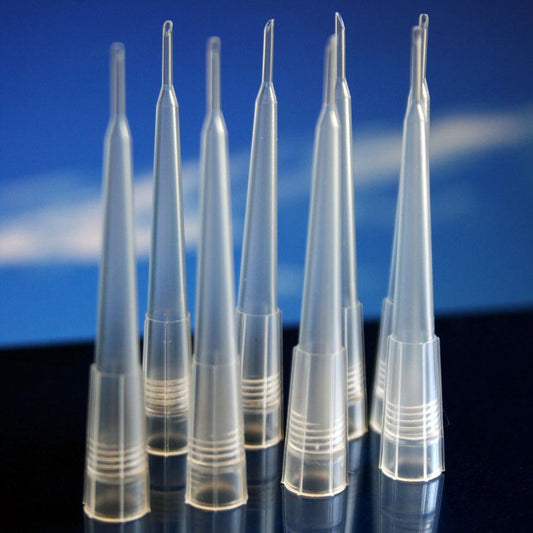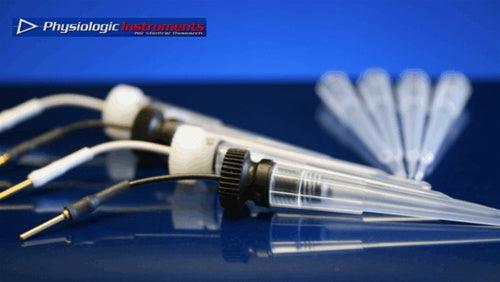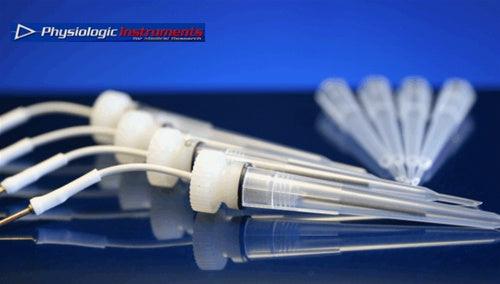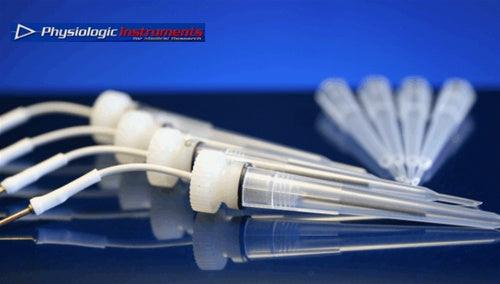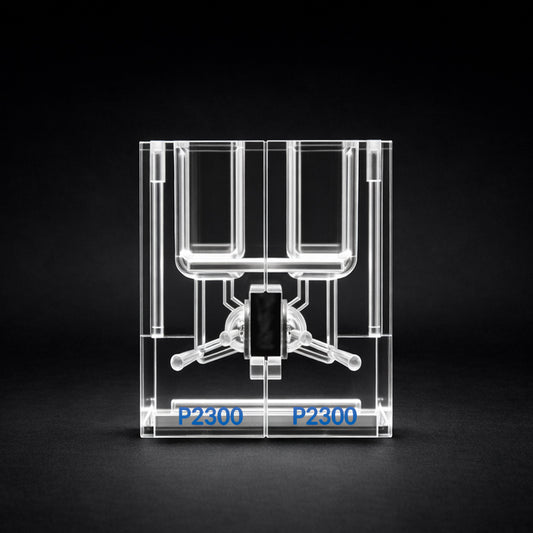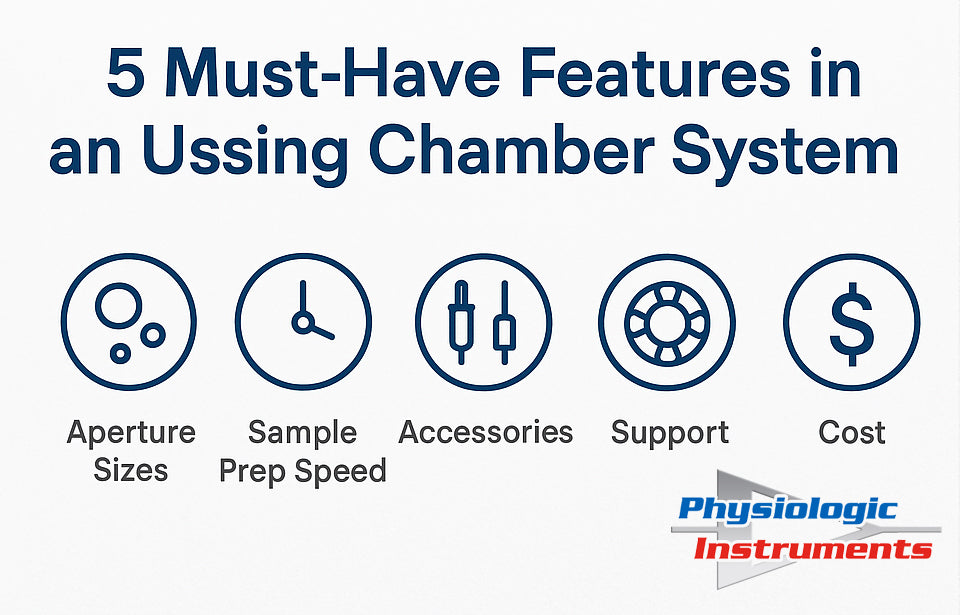— And Why Physiologic Instruments EasyMount Leads
When evaluating a Scientific Instruments Ussing Chamber against other options, researchers often find differences in design, usability, and long-term support. The choice of chamber system has a direct impact on data quality, reproducibility, and cost of ownership.
This article highlights five essential features every lab should look for, comparing what a Scientific Instruments Ussing Chamber typically provides with how the Physiologic Instruments EasyMount Ussing Chamber excels.
5 Must-Have Features in an Scientific Ussing Chamber System
| Feature | Why It Matters | What a Scientific Instruments Ussing Chamber Typically Offers | How a Physiologic Instruments EasyMount Ussing Chamber Excels |
|---|---|---|---|
| 1. Aperture Size Flexibility | Different tissues require different exposure areas. Limited options restrict research scope. | Often limited aperture sizes, requiring special orders or system modifications. | Multiple aperture options (0.1–1.0 cm²) with quick-swap sliders for maximum adaptability. |
| 2. Mounting & Sample Preparation | Faster, easier tissue mounting means less waste and higher reproducibility. | Traditional two-part chamber design can be slow and delicate to handle. | Precision EasyMount sliders reduce prep time, minimize leaks, and protect tissues. |
| 3. Electrical & Measurement Integration | Voltage/current clamps and reliable measurements are critical for advanced research. | Some basic electrode support; limited accessory integration. | Designed for seamless compatibility with clamps, electrodes, and accessories. |
| 4. Technical Support & Documentation | Complex systems need good manuals, responsive service, and a knowledgeable user base. | Support resources are less visible and documentation can be limited. | Physiologic Instruments offers updated manuals, strong service, and an active research community. |
| 5. Cost of Ownership Over Time | True value comes from predictable maintenance and easy part replacement. | Replacement parts may be harder to obtain, leading to downtime. | Modular design, available spares, and streamlined maintenance lower lifetime costs. |
Decision Guidance for Labs
If you’re starting out with basic transport studies, aperture flexibility and ease of mounting are critical. For advanced electrophysiology, strong accessory integration is non-negotiable. And for labs publishing consistently, reliable support and predictable costs make the biggest long-term difference.
Snap ring style chambers, like those used in some Scientific Instruments Ussing Chambers, require manually compressing tissue with a ring. This design is slower to set up, risks uneven sealing, and can stress delicate tissue samples. In contrast, the EasyMount Ussing Chamber eliminates the snap ring by using precision sliders that hold tissue securely without over-compression. The result is faster prep, fewer leaks, and more reproducible results.
Here, the Scientific Instruments Ussing Chamber provides a functional base, but the Physiologic Instruments EasyMount Ussing Chamber offers a higher level of adaptability and reliability.

How Physiologic Instruments Fits the Bill
-
Adaptable: Quick-swap sliders for different aperture sizes.
-
Efficient sample prep: Reduced tissue handling and faster setup.
-
Full accessory support: Seamless integration with clamps and electrodes.
-
Trusted support: Strong manuals, documentation, and responsive service.
-
Cost-effective: Modular design and easy part replacement keep systems running longer.
While a Scientific Instruments Ussing Chamber can provide the basics, it often falls short in flexibility, accessory integration, and support. The Physiologic Instruments EasyMount Ussing Chamber, by contrast, delivers superior performance, broader research applications, and stronger long-term value.
For labs weighing Scientific Instruments vs Physiologic Instruments, the EasyMount system is the clear choice for research that demands accuracy, reliability, and efficiency.

Why Avoid Snap Rings on Ussing Chambers?
In practice, snap rings can slip, warp with repeated use, and make it harder to train new lab members. Many labs that upgrade to EasyMount report shorter setup times, fewer failed runs, and improved confidence in their data. In fact, researchers who have used snap-ring chambers often recall the frustration of rings slipping out of place — sometimes even springing loose and flying across the lab. Beyond being disruptive, those incidents highlight the instability and inconsistency of the snap-ring design. With EasyMount, those worries disappear: the precision sliders hold tissue securely, reduce prep stress, and keep experiments running smoothly.
Ussing Chambers with Snap Rings have limited flexibility and reliability, which is why you should choose the EasyMount Ussing Chambers.
Snap ring style Ussing Chambers might seem simple, but in day-to-day use they introduce real challenges for research labs:
-
Setup Frustration: Aligning and compressing the ring takes extra time and often requires practice. New lab members struggle to master the technique, slowing down training and experiments.
-
Seal Reliability: Snap rings can lose their shape with repeated use, leading to uneven seals and unpredictable leaks. That means wasted tissue samples and inconsistent results.
-
Tissue Stress: Applying pressure with a snap ring risks damaging fragile epithelia, reducing the quality of recorded data.
-
Downtime & Maintenance: Worn rings need to be replaced, and warped housings can disrupt long-term reliability.
By contrast, the EasyMount Ussing Chamber uses precision-engineered sliders that hold tissue firmly and evenly, without relying on compression rings. This design reduces user error, increases reproducibility, and speeds up every experiment.

Labs that move away from snap rings consistently report fewer failed runs, more consistent data sets, and shorter setup times — all of which directly translate into better science and more efficient use of resources.
“For labs comparing Scientific Instruments vs Physiologic Instruments, the choice is clear: EasyMount delivers accuracy, efficiency, and long-term value.” - Charles Whitman, PhD.
As you’ve seen, when comparing a Scientific Instruments Ussing Chamber with other systems, the differences matter: aperture size flexibility, ease of mounting, accessory integration, documentation, and long-term cost are not optional—they are essential for consistent, reproducible research. A chamber that merely does the job may suffice for simple assays, but once your experiments demand precision, speed, and adaptability, limitations in snap ring designs and rigid aperture options will become hard to ignore.
The EasyMount Ussing Chamber from Physiologic Instruments is engineered to address those limitations head-on. Unlike conventional Scientific Instruments Ussing Chambers that often force users to compromise on one feature to get another, EasyMount delivers across the board: quick-swap sliders instead of snap rings, broader accessory compatibility, and robust support that ensures labs aren’t constantly battling hardware constraints. The goal is not just to replace an older system, but to elevate your experimental workflow—with fewer failed runs, less downtime, and greater confidence in your data.
So for anyone weighing Scientific Instruments vs Physiologic Instruments, the choice becomes clear. If your work depends on accuracy, reproducibility, and long-term value, then investing in an EasyMount Ussing Chamber isn’t merely an upgrade—it’s a necessity. You move beyond the limitations of traditional snap ring designs and gain technology that keeps pace with the demands of modern epithelial transport research.

